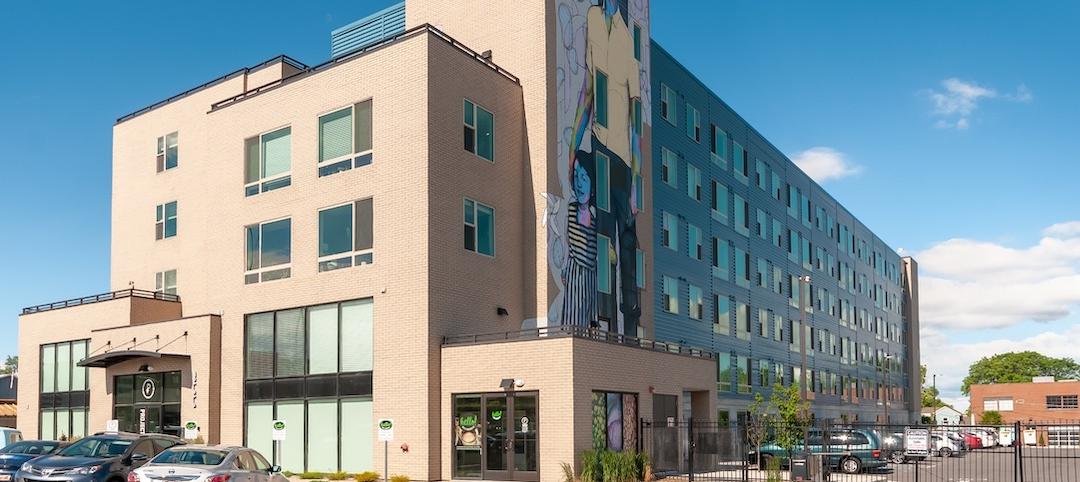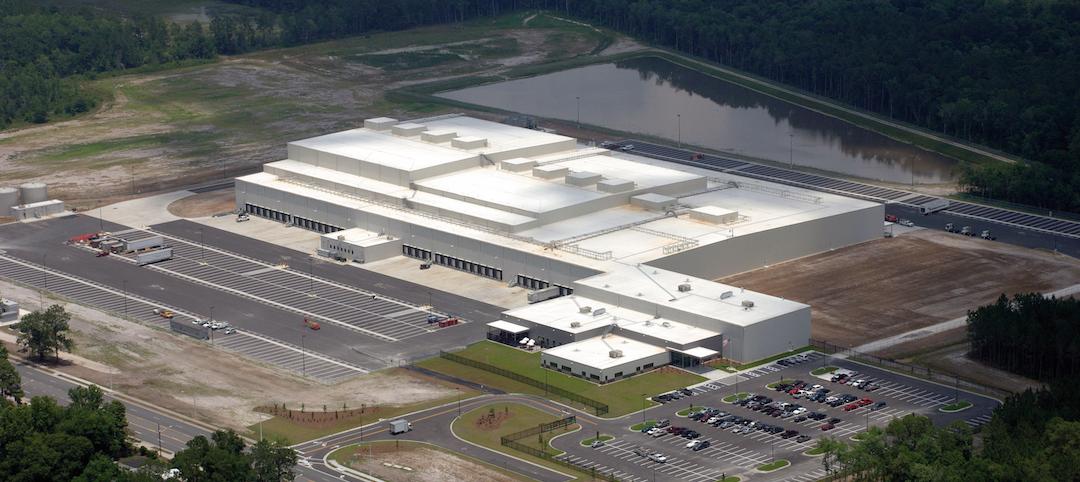How Gensler responded to such seismic events as the coronavirus pandemic, climate change, and social inequality dominates its newly released Annual Report 2020.
Titled “A Time For Transformation,” the 101-page report catalogues how the industry’s largest architecture firm—whose revenue totaled $1.55 billion last year, its 55th in business—has addressed events that, sometimes, were beyond its control.
To keep its projects moving during the pandemic, Gensler moved more than 8,000 to the cloud to allow for ongoing digital collaboration. Its post-pandemic strategies included surveying 2,300 of its employees about working from home (70% of whom said they’d prefer to work in the office the majority of the week); polling residents in four cities—New York, San Francisco, London, and Singapore—last May about their COVID-19 related concerns (one finding: people with children are at least 1.5-times more likely to want to move someplace safer); and posting a steady stream of articles and blogs about this topic.
“The key theme of our thought leadership [is] we must have a new understanding of global wellness that must include social justice, equity and inclusion,” the report states. To that end, the company is following five strategies to fight racism: increase its internal diversity, pursue equitable design solutions, expanding its scholarship program and mentoring of middle and high schoolers, create more job opportunities for Black professionals, and partner with clients on diversity and inclusion initiatives.
Gensler’s Global Race and Diversity Committee, comprised of 22 leaders, oversees the execution of these strategies, and connects with regional committees to amplify the firm’s impact.
The firm is also “doubling down” on its commitment to climate action. In 2019, Gensler professionals worked on more than 7,000 projects representing over 1.5 billion sf of space. Its portfolio that year is designed to save over 16 million metric tons of CO2 emissions, and the firm’s goal is to get to 30 million, and ultimately carbon neutrality within the decade.
LEANING MORE ON TECHNOLOGY
Like most AEC firms, Gensler now champions the application of technology in its design process. The report talks about the firm’s various design tools that include Intelligent Places (which uses data to connect human behavior with space design), inFORM ECOSYSTEM and gblox (which help clients make informed decisions), and its Digital Experience Design service that connects digital and physical design.
Technology also facilitated a month-long global charrette that Gensler opened to everyone in the firm. This is now an ongoing charrette platform.
DESIGN AND COMMUNITY SERVICE HIGHLIGHTED

A confidential technology coworking site in San Francisco's Ferry Building emphasizes the role design plays in human interaction.
Much of the annual report is devoted to highlighting Gensler’s recent projects and concepts. These include a technology coworking site in San Francisco’s Ferry Building that is designed to encourage human connections; Universal Creative Square in Beijing, where Gensler transformed a warehouse into a vibrant office building; and the firm’s concept for Verizon’s Hidden Ridge in Irving, Texas, a 150-acre corporate district that blends three corporate campuses with a mixed-use neighborhood composed of housing, retail and offices, all connected by light rail.
The report calls attention to Gensler’s 15 Design Excellence Award winners in 2019, and its nine Research & Innovation award winners in 2020.
Gensler also touches on how the firm and its employees gave back to their communities. Those efforts included:
•Volunteer fabricators in 22 cities created 3,047 face shields and 1,996 specialty PPE parts that were donated to healthcare workers in U.S. and Costa Rica.
•The firm announced a call to action for each of its 50 offices worldwide to create a measurable change toward equitable housing options beginning in fiscal 2021.
•Its Community Impact model organizes philanthropic and volunteer efforts that target four areas: housing and homelessness, health and wellness, the environment, and the next generation.
Related Stories
3D Printing | Sep 17, 2019
Additive manufacturing goes mainstream in the industrial sector
More manufacturers now include this production process in their factories.
Multifamily Housing | Sep 12, 2019
Meet the masters of offsite construction
Prescient combines 5D software, clever engineering, and advanced robotics to create prefabricated assemblies for apartment buildings and student housing.
Cultural Facilities | Sep 11, 2019
The Kennedy Center expands for the first time since its 1971 debut
The REACH, with three pavilions on a generous lawn, adds openness and light to this performance space.
Architects | Sep 11, 2019
Buoyed by construction activity, architect compensation continues to see healthy gains
The latest AIA report breaks down its survey data by 44 positions and 28 metros.
Multifamily Housing | Sep 10, 2019
Carbon-neutral apartment building sets the pace for scalable affordable housing
Project Open has no carbon footprint, but the six-story, solar-powered building is already leaving its imprint on Salt Lake City’s multifamily landscape.
Giants 400 | Sep 9, 2019
Top 70 Industrial Sector Architecture Firms for 2019
AECOM, Stantec, Ware Malcomb, FSB, and Macgregor Associates top the rankings of the nation's largest industrial sector architecture and architecture engineering (AE) firms, as reported in Building Design+Construction's 2019 Giants 300 Report.
Giants 400 | Sep 9, 2019
2019 Industrial Sector Giants Report: Managing last mile delivery
This and more industrial building sector trends from Building Design+Construction's 2019 Giants 300 Report.
Codes and Standards | Sep 9, 2019
Free app calculates maximum allowable heights and areas for buildings
A free app that calculates the maximum allowable heights and areas for buildings of various occupancy classifications and types of construction has been released.
Retail Centers | Sep 6, 2019
Another well-known retailer files for bankruptcy: Here's the solution to more empty anchor stores
Where can you find the future of retail? At the intersection of experience and instant gratification.
Giants 400 | Sep 5, 2019
Top 110 Hotel Sector Architecture Firms for 2019
Gensler, WATG, HKS, HBG Design, and Steelman Partners top the rankings of the nation's largest hotel sector architecture and architecture engineering (AE) firms, as reported in Building Design+Construction's 2019 Giants 300 Report.


















